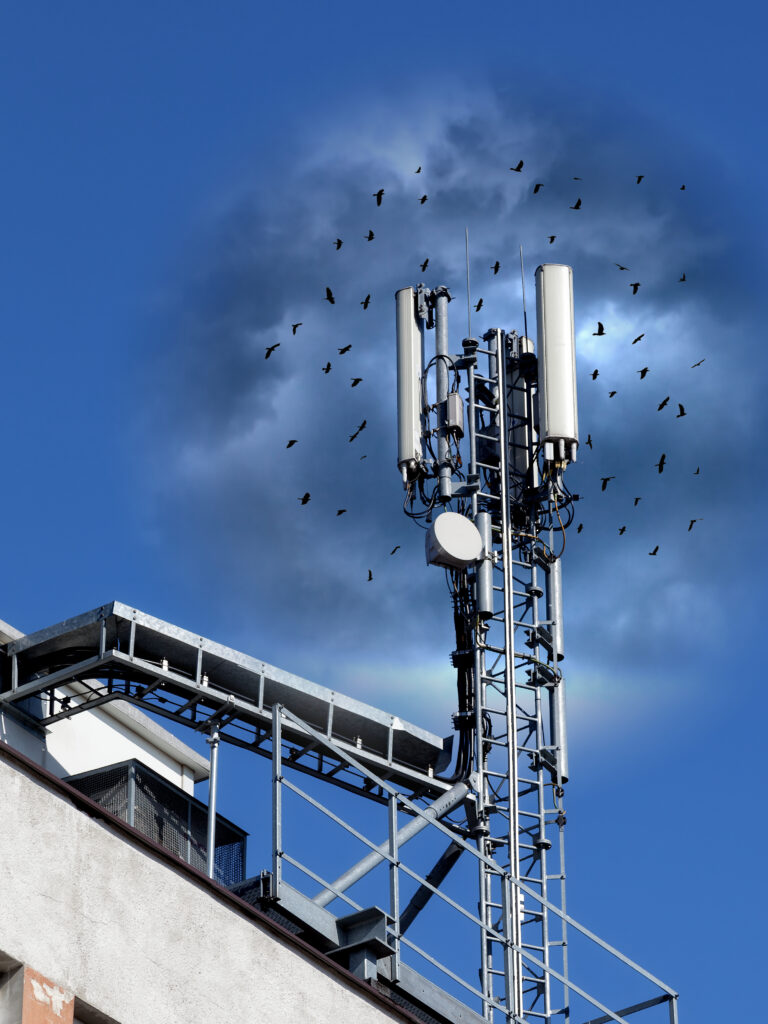What to Expect During a Radiofrequency Radiation Site Inspection?

Are you worried about radiation exposure from telecommunication sites near your home or workplace? With the rapid expansion of wireless networks and their infrastructure, it is natural to have concerns about potential health risks. This article will provide you with an in-depth understanding of radiofrequency radiation site inspections and what to expect during one.
Radiofrequency (RF) radiation is a type of electromagnetic energy that emanates from wireless devices and telecommunication infrastructure. It is essential to ensure that levels are within safe limits set by the FCC and OSHA. This is where radiofrequency radiation site inspections come into play.
What is a Radiofrequency Radiation Site Inspection?
A radiofrequency radiation site inspection is a thorough evaluation of the electromagnetic fields (EMFs) present at a particular location. It involves measuring and assessing RF exposure levels from telecommunication sites, including cell towers, antennas, and other wireless devices. The goal of this inspection is to ensure that RF radiation levels comply with regulatory standards.
Why are Radiofrequency Radiation Site Inspections Necessary?
RF radiation site inspections are crucial for several reasons. Firstly, they determine the level of RF exposure in a particular area and ensure that it is within safe limits. Secondly, these inspections help identify any potential hazards or non-compliance with regulatory standards. And lastly, they provide peace of mind to individuals living or working near telecommunication sites.
What to Expect During a Radiofrequency Radiation Site Inspection
Before the inspection, an accredited electromagnetic field expert will conduct a preliminary site visit to assess the location and identify any potential hazards. They will also gather information about the different types of wireless devices present at the site.
During the actual inspection, several measurements and assessments will be conducted using specialized equipment. These include:
- Electric Field (EF) Measurements: EF measurements determine the strength of electric fields present in a given area.
- Magnetic Field (MF) Measurements: Similar to EF measurements, MF measurements determine the strength of magnetic fields in a particular location.
- Spectrum Analysis: This is used to identify the different types of RF signals present.
After the measurements are taken, they will be compared with regulatory guidelines to determine compliance levels. The expert will also look for any potential hazards, such as improper installation or malfunctioning equipment.
Conclusion
Radiofrequency radiation site inspections are essential for ensuring that RF exposure levels are within safe limits and identifying potential hazards. If you are concerned about the effects of RF radiation, you can request a site inspection from Smith & Fisher – a trusted broadcast and telecommunications consultancy. Our team of experts will conduct a thorough evaluation and provide affordable and flexible engineering solutions to address any issues. Remember, your safety is our top priority. Contact Smith & Fisher today for all your RF radiation concerns. Let us help you stay connected and safe!
Recent Posts
- RF Safety: The Silent Protector of Wireless Communication
- How RF Signal Generators Drive Effective Testing Practices
- How Radio Frequency (RF) Testing Enhances Connectivity and Reliability
- The Importance of RF Education in Today’s Tech Landscape
- What to Expect During a Radiofrequency Radiation Site Inspection?






